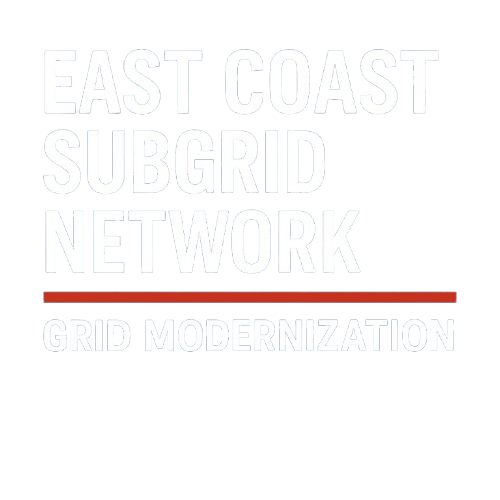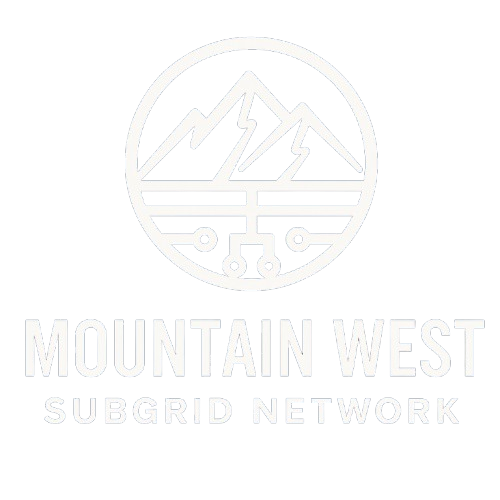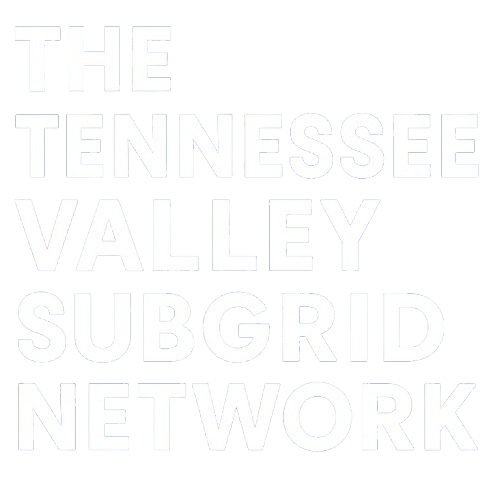A National Approach to Grid Modernization
The First Nationwide Platform to Modernize America’s Aging Grid. From Trenching and Conduit to Transformer Installation and Power Delivery, AGC’s Regional Networks Are Built to Deliver Last-Mile Infrastructure at Scale, Wherever the Work Is Needed.
The American Grid Company is launching with three strategically selected regions—Mountain West, Tennessee Valley, and the East Coast—each anchored by a top-tier civil and utility contractor with deep local knowledge and proven field execution. Each regional AGC output will deliver turnkey subsurface utility scopes for its market, forming a cohesive, scalable model that addresses the urgent infrastructure demands of today’s rapidly evolving energy and technology landscape. Together, they provide key decision-makers across the country with a single, reliable platform to plug into for their grid modernization work—streamlining execution and accelerating deployment.
The East Coast Subgrid Network
Virginia, North Carolina, South Carolina, Florida
Anchored in Virginia, AGC's East Coast hub is positioned to lead the next era of grid modernization across one of the nation’s most energy-critical regions.
Virginia sits at the center of one of the most energy-intensive corridors in the country, with a high concentration of data centers, military infrastructure, and urban growth driving record-breaking demand. While the region benefits from strong, diverse power generation capacity—including nuclear, natural gas, and renewables—the challenge lies in connecting that power to projects. Bottlenecks in substation planning, permitting delays, and fractured utility coordination are slowing timelines and stalling progress. That’s why AGC’s presence on the East Coast matters: we bridge the gap between power and delivery, helping decision-makers move faster with local execution teams, permitting expertise, and one point of contact from trench to energization
The Mountain West Subgrid Network
Colorado, Utah, Arizona, Nevada, Wyoming
Anchored in Colorado, AGC’s Mountain West Subgrid Network spans one of America’s most strategically important energy corridors—the region offers a rare combination of clean power generation, land availability, and low natural disaster risk, making it a national hotspot for data center development, utility investment, and infrastructure innovation.
While the region benefits from diverse energy sources—including nuclear, solar, wind, and geothermal—the challenge lies in connecting that power to where it’s needed most. Massive new data campuses, EV fleets, and industrial expansions are outpacing the current grid’s ability to keep up. And much of the power produced in this region is destined not just for local use, but to be exported across state lines, placing heavy pressure on substations, interconnection points, and last-mile trenching and duct bank execution.
That’s where AGC plays a critical role. Our regional hub provides turnkey utility coordination, permitting, trenching, and subgrid deployment to ensure power reaches its destination—quickly, compliantly, and at scale.
The Tennessee Valley Subgrid Network
Tennessee, Alabama, Georgia, Mississippi
Anchored in the Nashville area, the Tennessee Valley Subgrid Network is positioned at the heart of one of the fastest-growing corridors in the Southeast. The region is experiencing rapid demand across housing, manufacturing, transportation, and AI-driven infrastructure—yet the most critical constraint is the ability to connect these projects to the grid.
While the area benefits from robust generation capacity—including nuclear, hydro, and natural gas from TVA—projects are frequently delayed due to fragmented utility coordination, substation planning bottlenecks, and the lack of a unified field delivery system.
That’s where AGC makes the difference. With experienced teams across the Tennessee region, we will provide a one-stop-shop for subsurface utility work, managing trenching, duct banks, permitting, substation prep, and final energization. Our turnkey approach ensures that new developments—from housing subdivisions to data centers—are grid-ready and future-proofed from day one.






